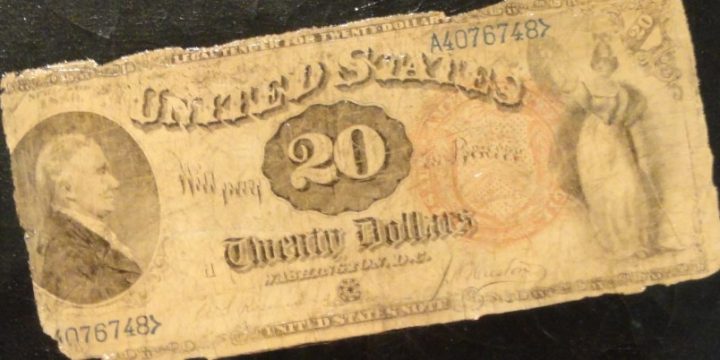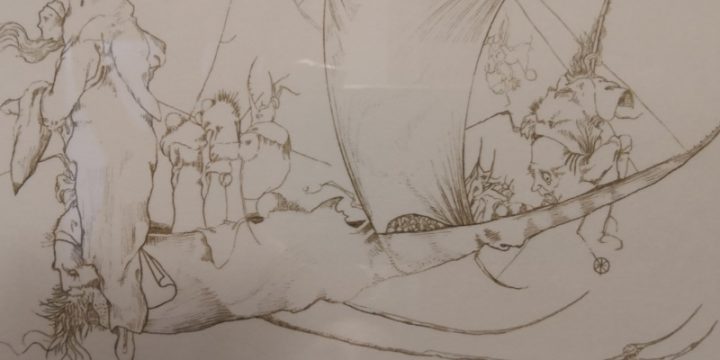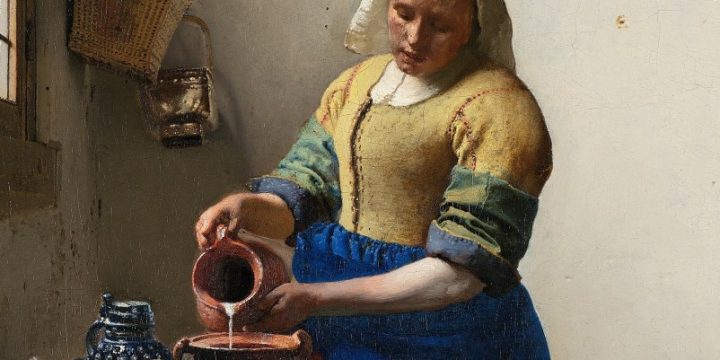
One Dollar Bill
Unfortunately, there are so few works of American painters of the 19th century exhibited in European museums. In Madrid, there are quite few samples in the Museum Thyssen-Bornemisza. With the exception of Sargent, people barely knows the paintings by Thomas Eakins, Winslow Homer or George Inness. But there is also a prejudice that these painters are merely following the styles arisen in the old continent. Obviously, many of them travelled throughout Europe and completed their training but once home they were capable to give their own works a dynamic sense typical of an emerging country. At the end of the 19th century, there were artists who were masters of the trompe l'oeil technique such as John Frederick Peto or William Michael Harnett and who arose in the United States. The…


